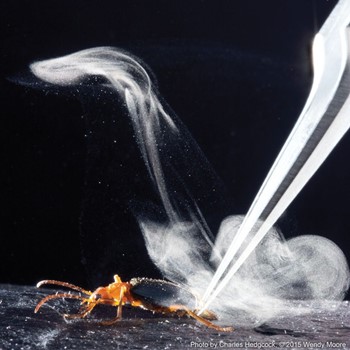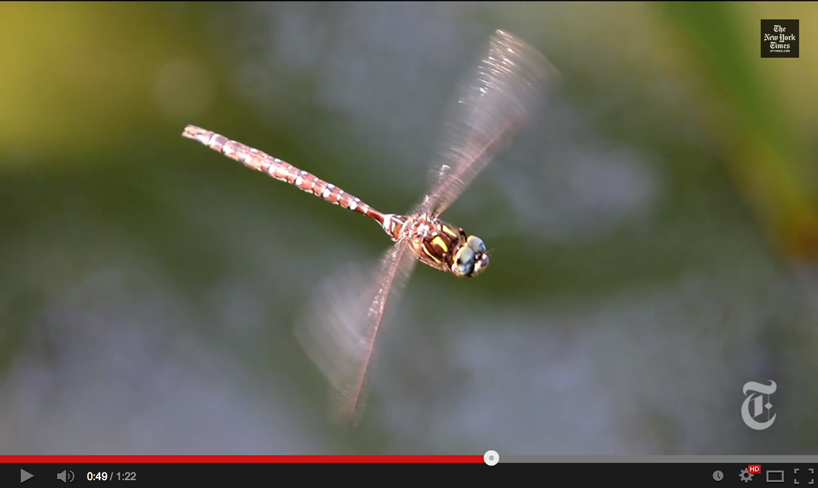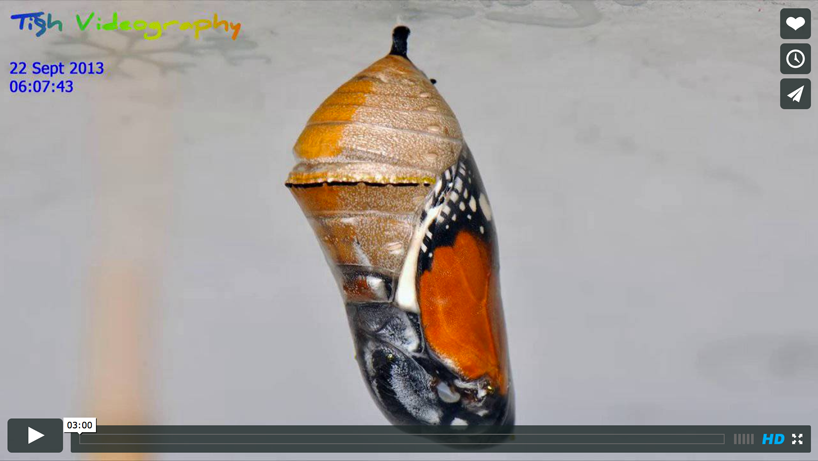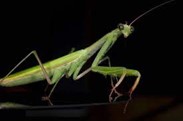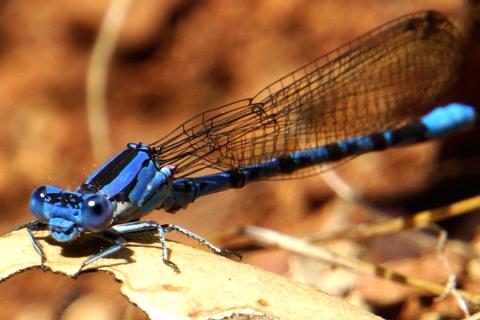Read: The Land Arthropods The Conquerors Coming Ashore from the Shape of Life book.
Read about the evolutionary history of arthropods from Understanding Evolution - your one stop source for information about evolution: Read about the evolutionary history of arthropods.
This is a great graphic about the arthropod body plan. The key to arthropod success is their segmented body.
Arthropods grow by shedding their exoskeletons and growing a new slightly larger one, a process called molting. Watch some arthropods molting:
- Tarantula Molting
- Centipede Molting
- Monarch Caterpillar Molting its Skin
- Arthropods: Blue Crabs Molting
Pillbugs (also called rolly-polys) are closely related to lobsters and shrimp. Here is a great PBS article and video about them, and another article.
Spider silk – See a TED talk about the wonders and biology of spider silk.
Bombardier beetles live up to their name. They defend themselves by shooting boiling hot fluids at their attackers. An African bombardier beetle, Stenaptinus insignis, can aim its spray in virtually any direction. It’s the heart-shaped combustor combined with a long, narrow tube that ejects the hot liquid that makes the beetle’s weapon so effective. Look at a diagram of the bombardier beetle’s defense system.
Metamorphosis which most insects undergo is a change in body form from larva to adult. Perhaps the best-known example is that of a caterpillar to a butterfly. Metamorphosis isn’t the same in all insects.
Some butterflies are poisonous and are brightly colored to advertise that fact. Others are brightly colored, with bold patterns that may startle predators.
Bees may be one of the most familiar of the insects. There are 20,00 species of bees. Some bees live in colonies, like the bees that make honey. Within a colony there are three castes: queens, drones and worker bees. Other bees are solitary. Read about bee diversity.
Ants are everywhere on earth, except for the Arctic and Antarctic. There are more than 12,000 species of ants. This map shows ant species’ richness around the globe. Ants are social and live in colonies, both small and huge. Within the colony, ants have a caste system, like bees. They communicate using smell.
Metamorphosis which most insects undergo is a change in body form from larva to adult. Perhaps the best-known example is that of a caterpillar to a butterfly. Metamorphosis isn’t the same in all insects.
What is the advantage of metamorphosis? Complete metamorphosis (some insects have incomplete metamorphosis) gives insects a survival advantage: the adults and larvae don’t compete for the same food sources and have different predators. "Insects may account for between 80 and 90 percent of all animal species, which means 45 to 60 percent of all animal species on the planet are insects that undergo complete metamorphosis according to one estimate. Clearly, this lifestyle has its advantages."
Insect flight is the main reason that insects have been so successful. This article about insect flight from the Smithsonian includes some images.
